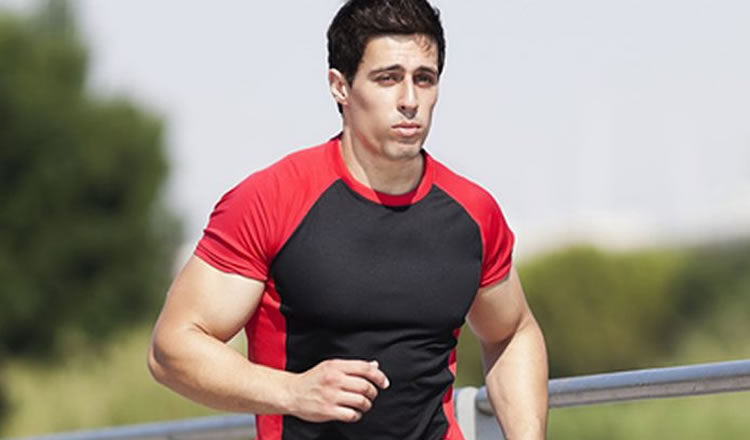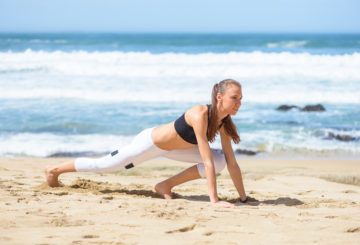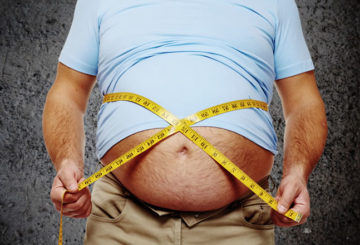While running is a form of cardiovascular exercise that has many health benefits, building muscle mass is not one of them. If it was true, marathon runners would have muscles even Arnold Schwarzenegger would be envious of.
What running can do to your body is reduce fat while the muscle becomes tighter (toned).
In early human times, running was commonly done for survival and hunting. These days, running is a form of aerobic activity. When we run, we use a variety of muscles, which can all result to hypertrophy. Although the leg muscles do not result to bulking up, the result will increase in strength, tone and endurance.
3 Effective Ways to Build Muscle
Proper Balance
Gaining muscle mass while also doing aerobic exercises, like running is much harder to do. However, the key to achieving your goal is to find balance between running, weight training and nutrition. Proper balance will depend on your priorities. While research show that continuous running can impair the muscle’s ability to adapt to strength training to some point, but weight training on the other hand, can help in improving running performance.
If your goal is to run 5K’s, 10K’s, or even a marathon, your weekly running should be in the range of 25 to 35 miles per week. You will also be able to build muscle mass as long as your nutrition is meeting the requirements. But, if your goal is to develop muscle mass, running should be second priority to your fitness program.
Weight Training
Weight training is the reason that muscles become bigger. Building muscle mass is commonly known as hypertrophy or muscle growth. Hypertrophy will depend on the type of weight training, your age, nutrition, mileage, and genetics. While some runners may easily bulk up with just simple weight training, there are those who will struggle because of genetics.
Weight training can benefit all runners since this creates the improvement of muscular strength and endurance, reduce the loss of bone mineral content, reduce injuries, balance opposing muscle groups, and improve running performance.
Nutrition
To build muscles while running, you might want to consider tracking your daily calorie, carbohydrates, and protein intake. Remember, the more you run, the more difficult it would be to increase muscle mass, which is why nutrition will play a big role to your goals.
9 Benefits of Running
Research has repeatedly proven than running effectively promotes fat loss than steady-state aerobic training, and in just a short time. Just six sessions in two weeks of six 30-second all out cycle sprints with four minutes of rest between bursts can drop pounds.
Running Builds Muscle
Specifically in sprint training, the same muscle-building response as hard weight training can be triggered. This can be done by increasing the size and strength of your powerful, fast-twitch muscle fibers.
Running Builds Up Strength
Continuous running has the capacity to increase the amount of glycogen that can boost your strength and speed.
What Muscles can You Build
Quadriceps
Located at the front of the thighs and consists of the vastus medialis, vastus intermedius, rectus femoris and vastus lateralis. These parts of the quadriceps build up when the lower leg goes into knee extension.
Hamstrings
Located at the back of the thighs that includes the biceps femoris, semitendinosus and semimembranosus. These muscles are responsible for flexing the knees, which causes the lower legs to move back toward the butt.
Gluteals
This muscle part of the buttocks is made of the gluteus maximus, medius and minimus. You may especially feel a contraction of the glutes when you run uphill, running a long stairway, and so on.
Hip Flexors
The hip flexors get work when the thighs move toward the stomach. This motion happens once the foot leaves the ground behind you and the thigh comes upward before the next foot goes down.
Stomach Muscles
The entire stomach muscles which are your rectus abdominis and oblique muscles will get activated when you run, thus providing support and balance to the whole body.
Other body parts that build muscles are:
- Calves
- Tribialis anterior
- Poroneals
- Shoulders
A Combination of Weight Training and Running
Plan your weight training program. Running can increase muscle growth, but integrating a weight lifting program can accelerate it even more. To plan your weight training and running program, you should:
- Know exactly what to do each day, create a schedule.
- Follow a strength routine that has fewer sets and repetitions and higher weight to increase muscle mass.
- Timing your weight training with your running. You can run in the morning, weight training in the afternoon, then take a recovery day.
- Be committed to achieving your goals.




